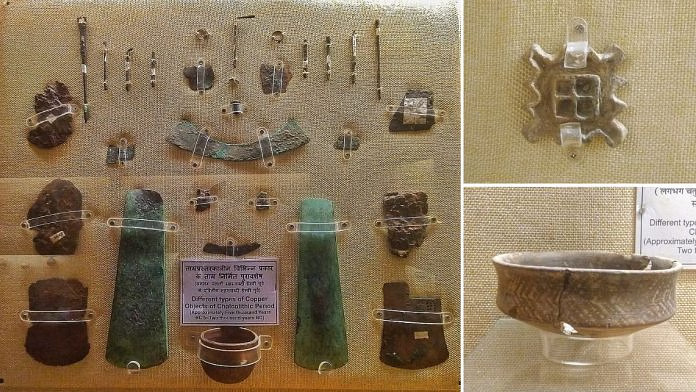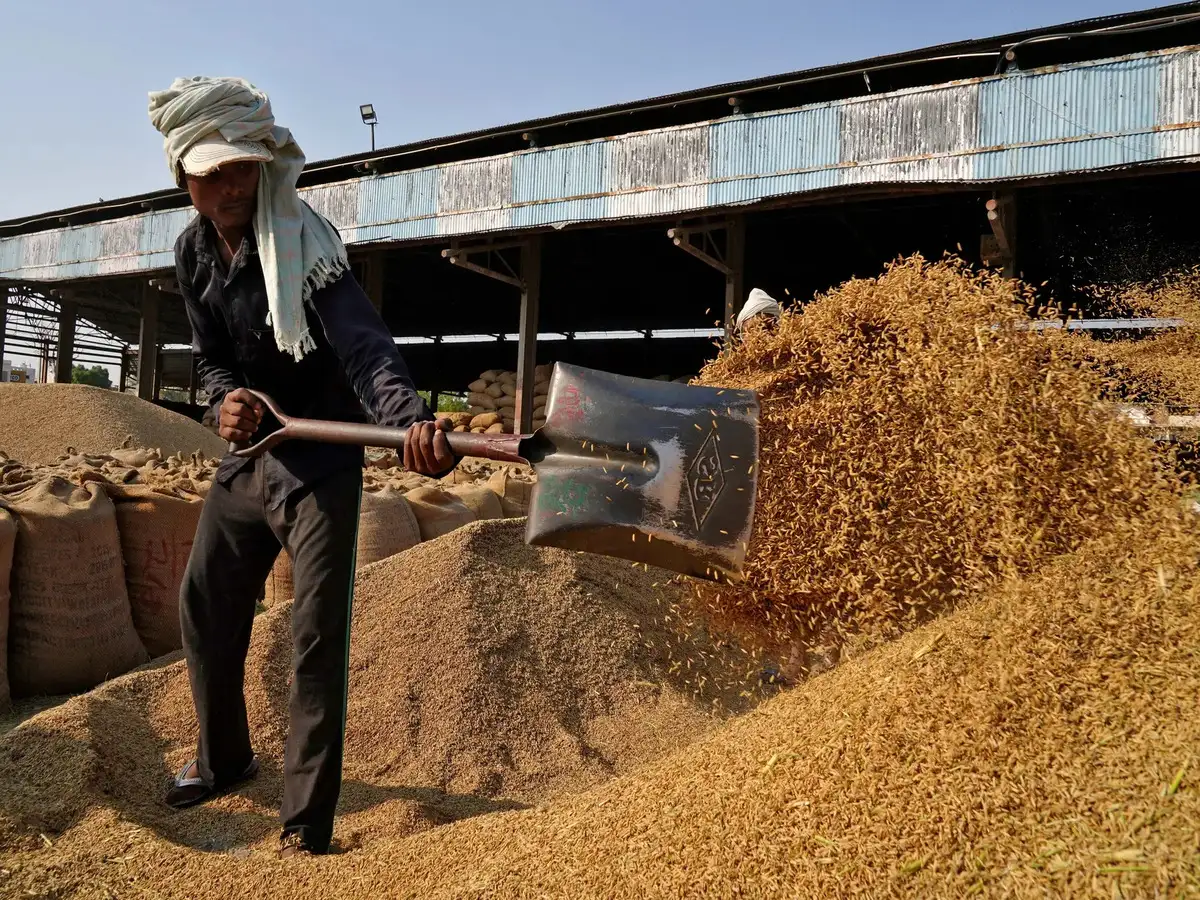Beneath Rajasthan’s soil lies a story of ancient trade and secret connections—ready to uncover it?
- ByAini Mandal
- 28 May, 2025
- 0 Comments
- 2

The Ahar or Ahar–Banas culture, a prominent Chalcolithic civilization in southeastern Rajasthan, flourished between 3000 and 1500 BCE. Spread across more than 100 archaeological sites such as Balathal, Gilund, and Ojiyana, this culture is distinguished by its expertise in metallurgy and unique ceramic traditions. The Ahar people mined and utilized copper, lead, zinc, and silver, laying the foundation for early industrial activity in the Indian subcontinent.
Their hallmark pottery, known as Black-and-Red Ware, often featured intricate white painted designs—dots, lines, and geometric motifs—that are still being studied for their symbolic meaning. These cultural markers, combined with evidence of well-planned settlements and food storage systems, point to a complex and organized society.
A groundbreaking discovery in 2003 at Gilund unveiled over 100 seal impressions dating back to 2100–1700 BCE. These seals bore motifs similar to those found in the Indus Valley Civilization and the Bactria–Margiana Archaeological Complex (BMAC) in Central Asia. This indicates that the Ahar culture was not isolated but part of broader cultural and trade exchanges.
The Ahar civilization thus plays a crucial role in reshaping our understanding of early Bronze Age networks and India's long-standing global connections.
Tags:
Post a comment
Rice went from biryani to biofuel real quick!
- 26 Jun, 2025
- 2
CBSE now mandates 'Oil Boards' in schools to promote healthier...
- 18 Jul, 2025
- 2
Kerala Governer backs Gurupooja foot-washing tradition “Its part of our...
- 13 Jul, 2025
- 2
Gen Z's favourite summer sips of 2025: Refreshment in every...
- 04 Jun, 2025
- 2
Enrique Iglesias returns to mumbai: A night of latin pop...
- 10 Jun, 2025
- 2
Categories
Recent News
Daily Newsletter
Get all the top stories from Blogs to keep track.

















